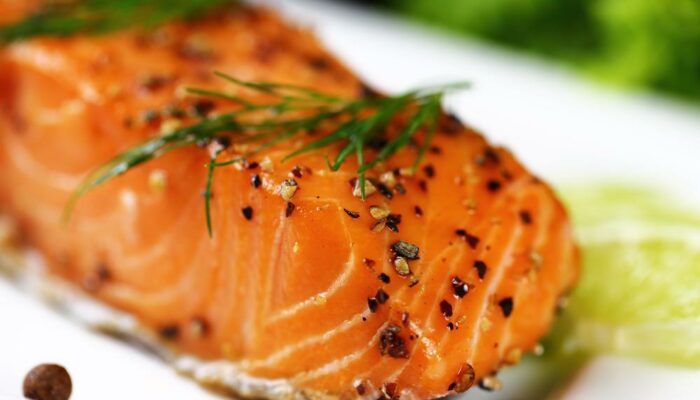
Identifying Trigger Foods for Migraine
Migraine is a common problem faced by millions of people, and certain trigger foods can cause a sudden migraine attack. The condition manifests itself mainly in the form of severe headaches and sensitivity to light. It is estimated that 4 million people experience chronic migraines, and almost 10% of all migraine patients experience migraine attacks after consuming a particular food.
It is not very clear why people develop migraines, but it is believed to be related to activity in the brain. The nerves and blood vessels in the brain are affected by various factors, which leads to a migraine attack.
Caffeine, chocolate, alcohol, cheese, and other such foods can act as triggers for migraines. In some people, these foods may not cause any problems, while they may immediately lead to an attack for others. It is believed that when a person consumes a food that acts as a trigger for migraine, it stimulates the brain cells to produce chemicals like serotonin and causes narrowing of the blood vessels in the brain, leading to the symptoms. In some people, it can enlarge the blood vessels or directly affect the neural cells, triggering the symptoms. It is important for those experiencing migraines to identify foods that trigger the symptoms and avoid them. There are different ways to do this:
1. Headache diary
A headache diary is a record to identify the trigger foods for migraines. Whenever one eats something that is not a part of their regular diet, it can be noted in the diary, along with any migraine symptoms that are observed.
2. Identify trigger foods
This way, food items that trigger migraine symptoms can be identified one by one. If symptoms occur within 24 hours of consuming a particular food item, it can be considered a trigger food. However, a problem arises when there are multiple triggers. For instance, one may be undergoing stress when they consume alcohol, which makes it difficult to determine whether it was alcohol or the stress that triggered the migraine attack.
3. Elimination diet
If one is already experiencing migraines, they can try an elimination diet to identify what is causing it. One by one, they can remove a suspect food from the diet and observe for a week. If the migraine symptoms alleviate, it means that food was simply acting as a trigger. However, it is advisable to consult a doctor before starting an elimination diet.
The article explains how some trigger foods for migraines aggravate the condition and how one can identify such trigger foods so that they can be avoided.



